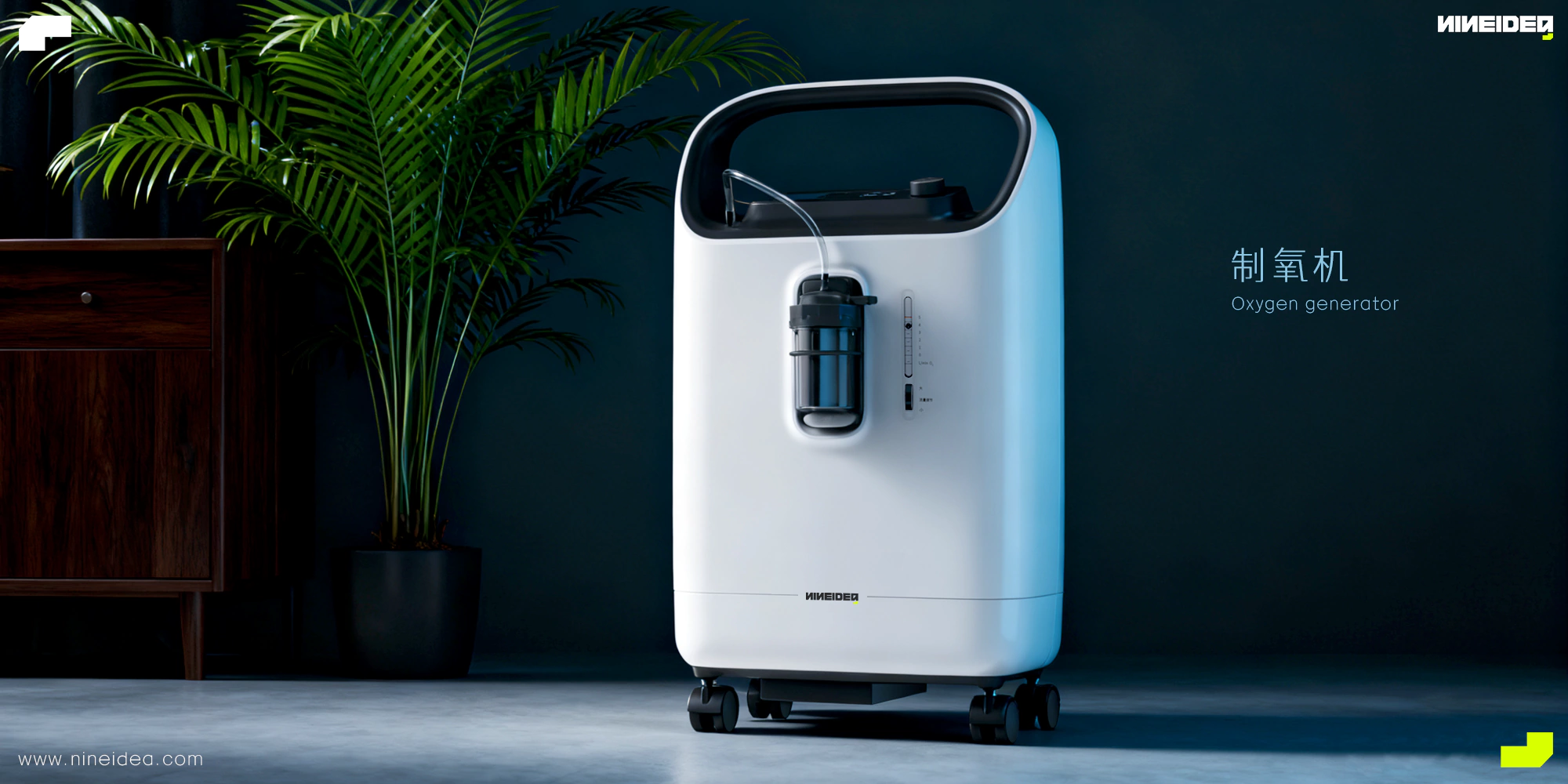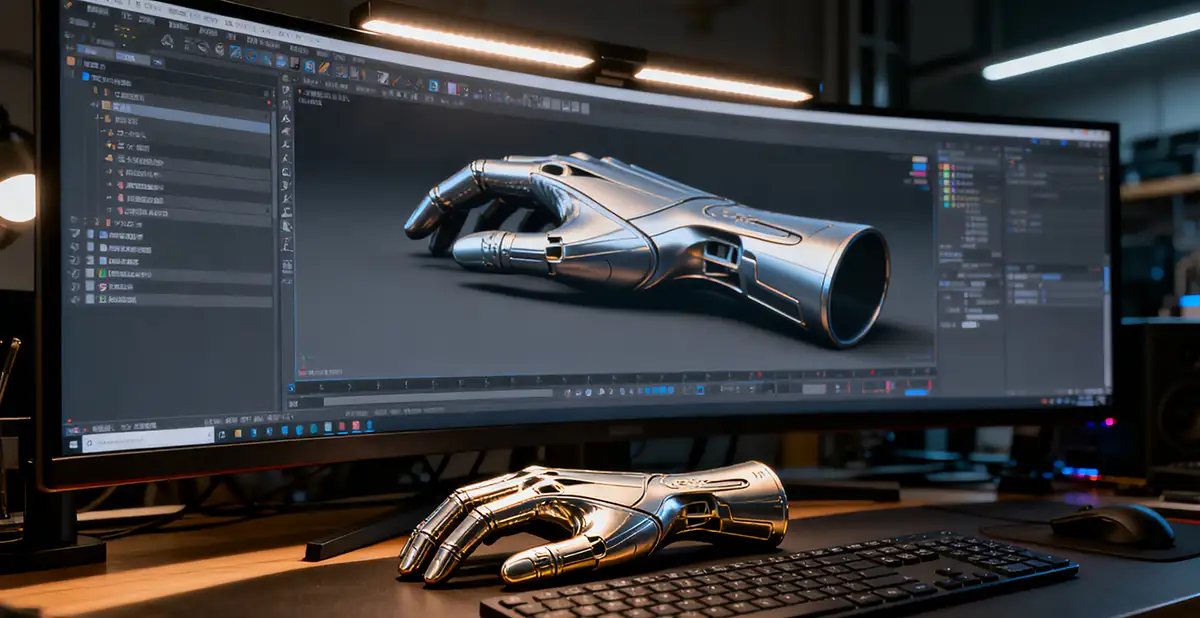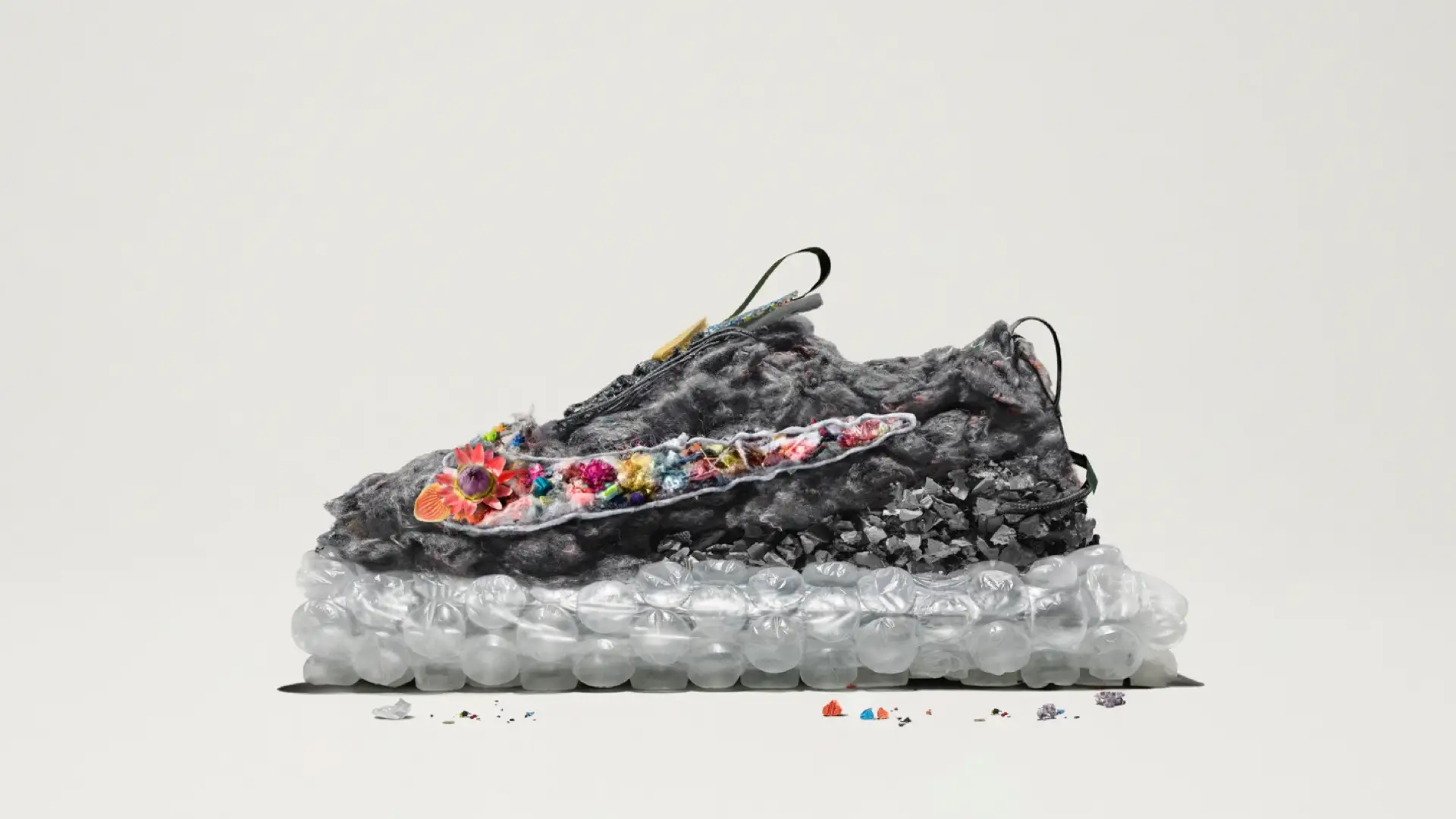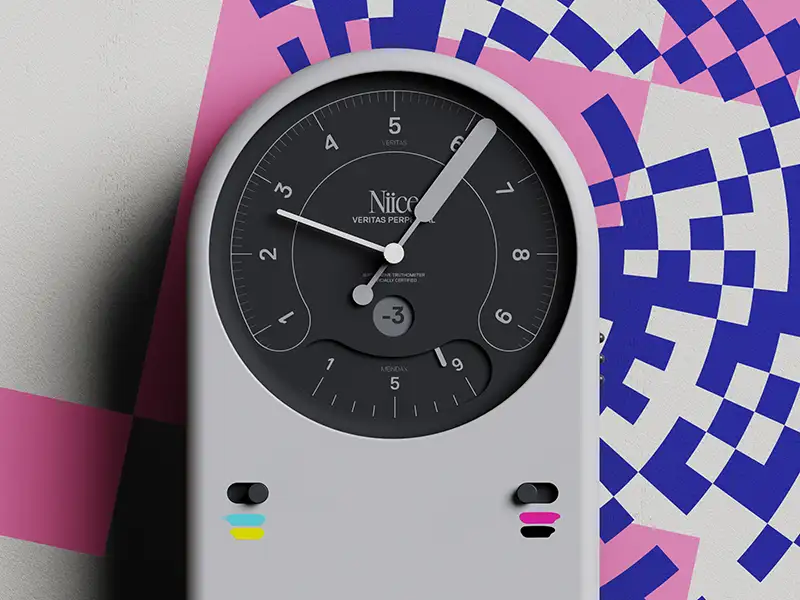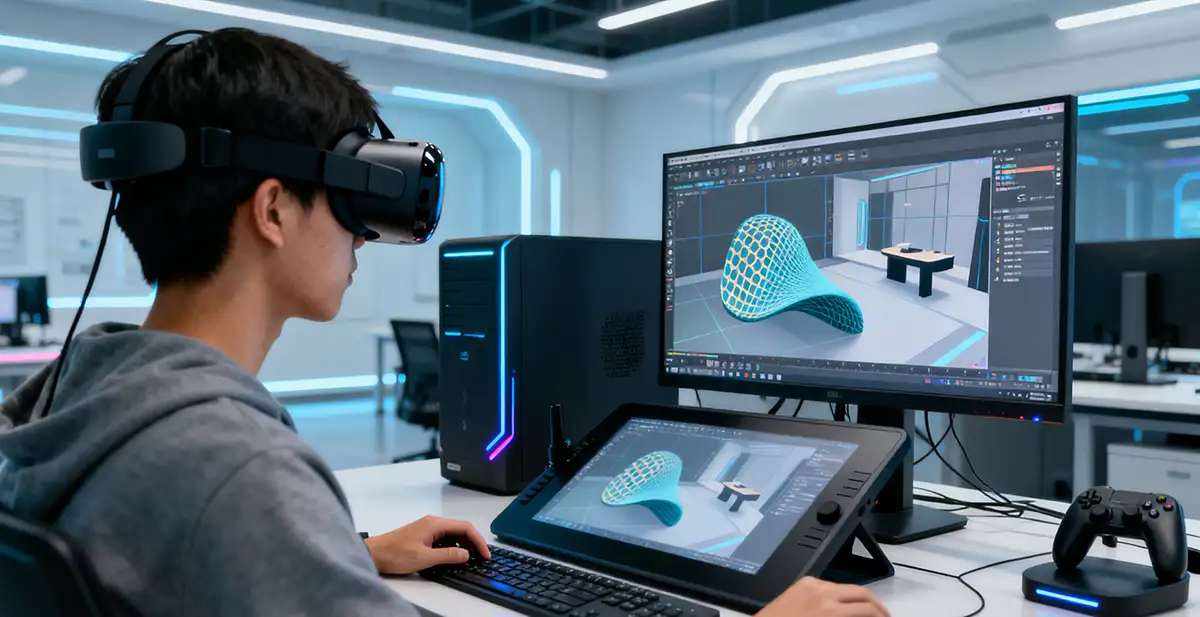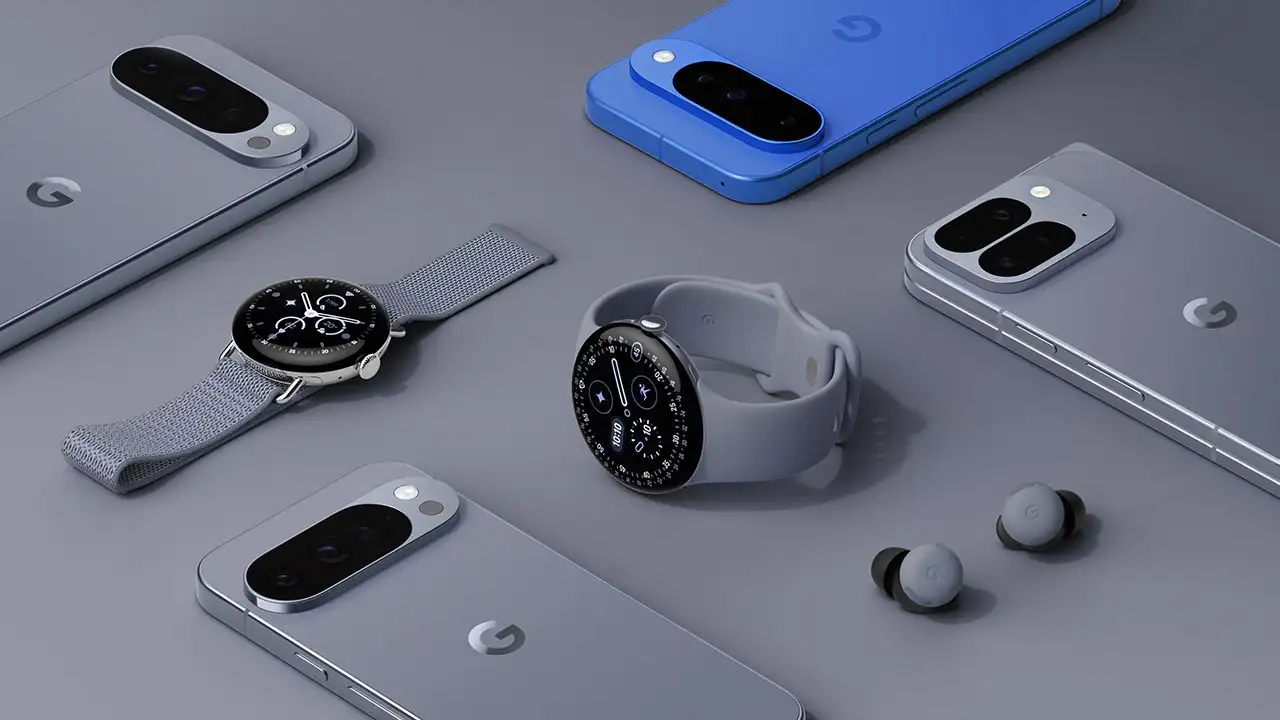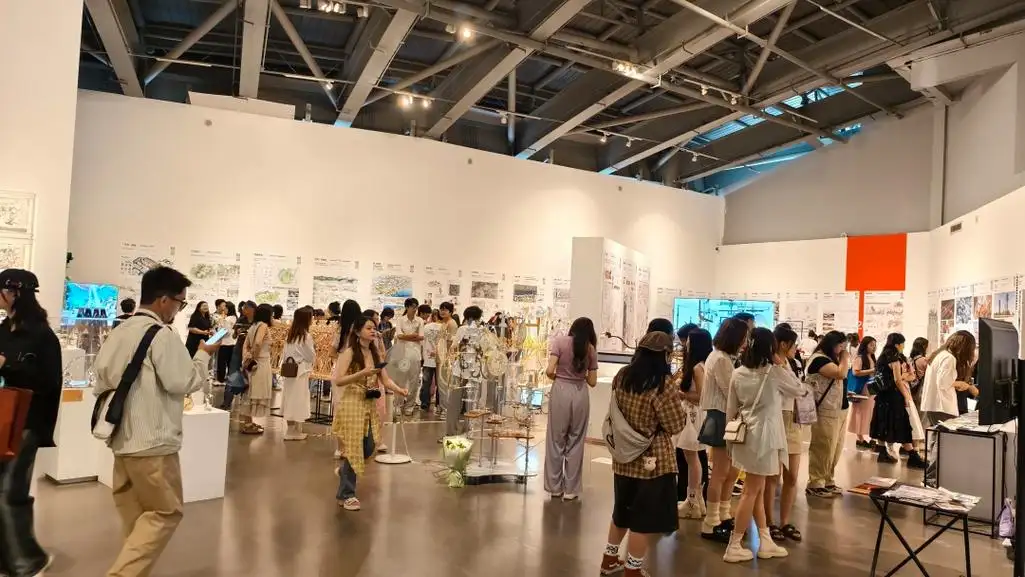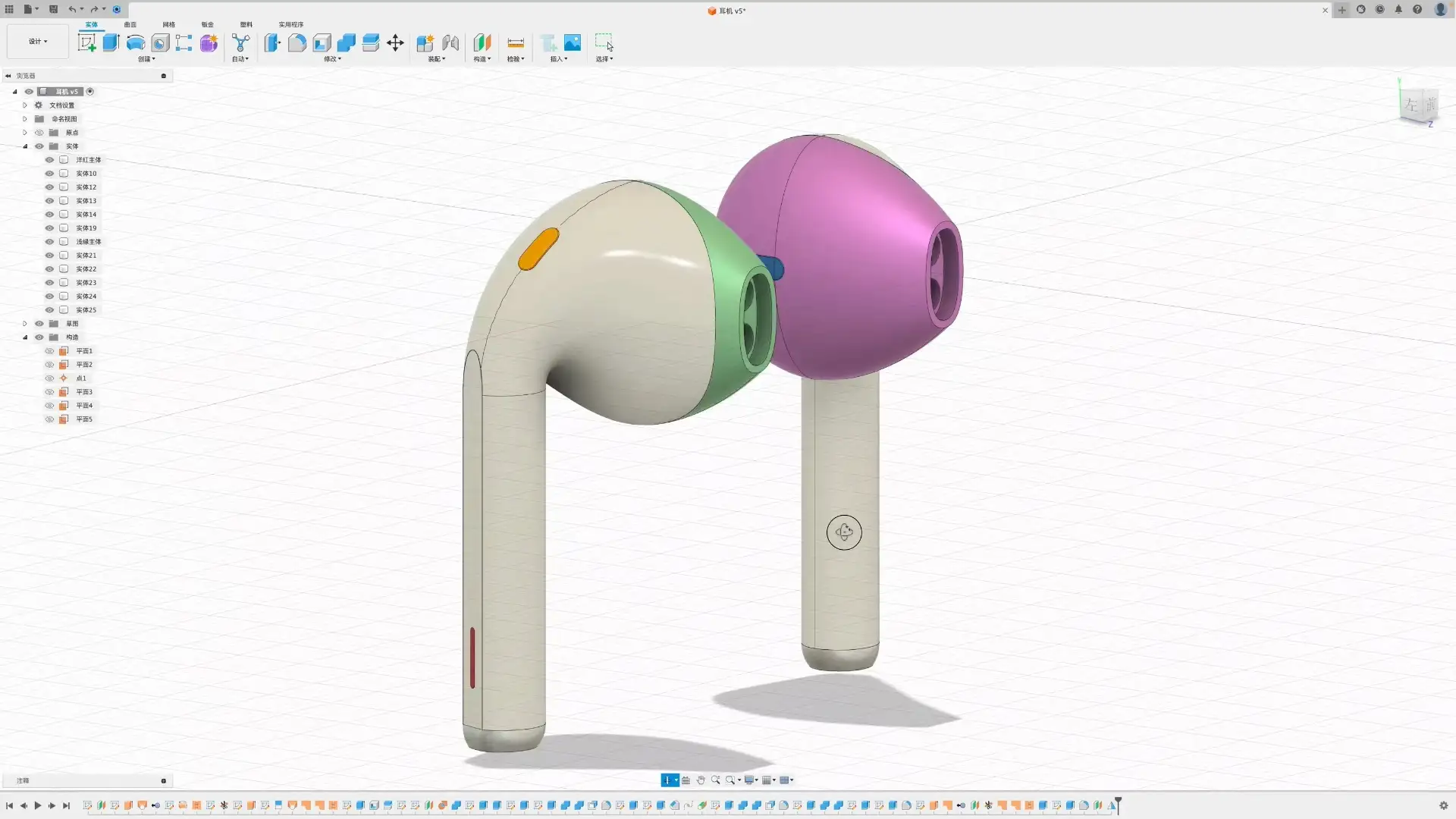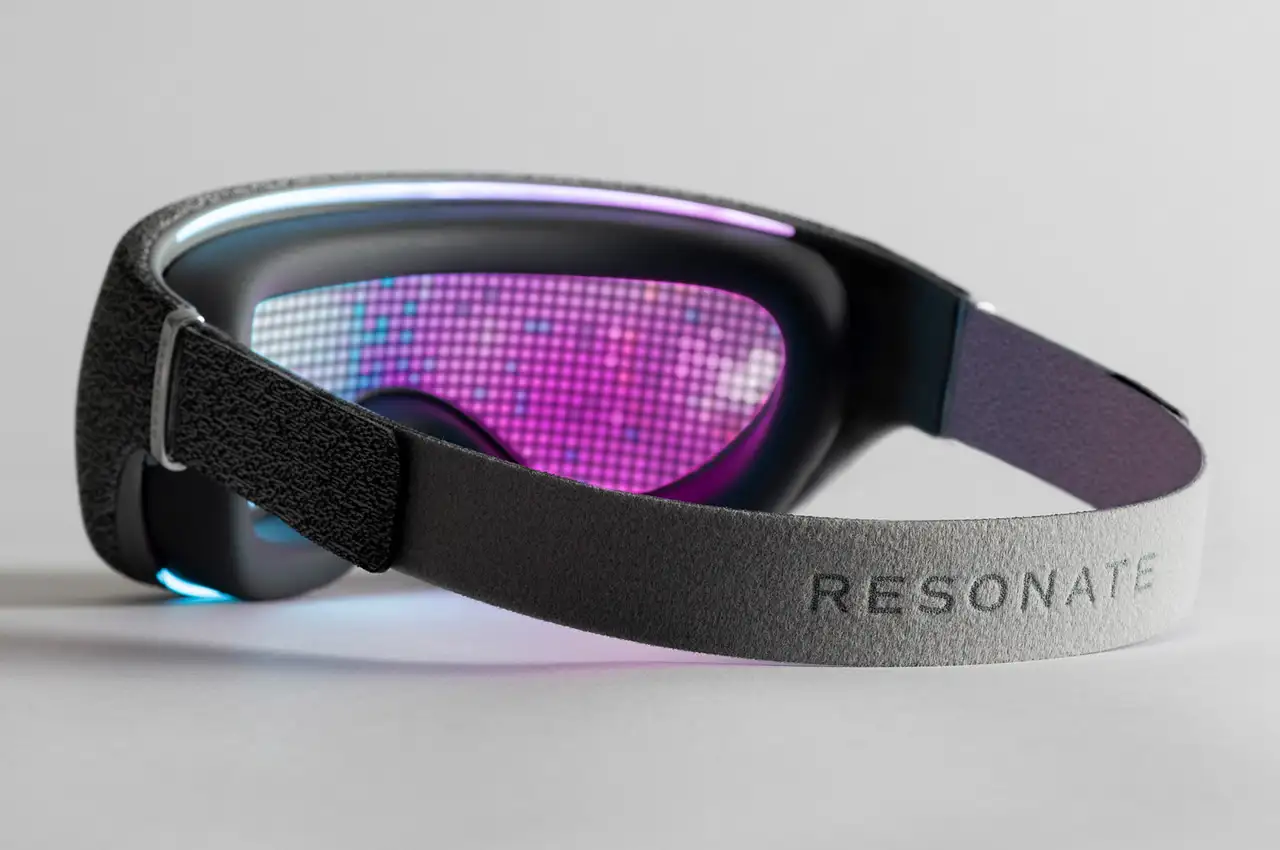NINEIDEA:深圳,这座因改革而生的城市,正以工业设计为引擎,在全球制造业版图上书写着从 “山寨之城” 到 “设计之都” 的蜕变传奇。作为中国首个获得联合国教科文组织 “设计之都” 称号的城市,深圳用四十余年时间,将工业设计从产业链末端的 “群众演员”,锻造成引领产业升级的 “核心主角”,其发展路径堪称中国制造业高质量发展的缩影,接下来小编为大家解读深圳工业设计创新密码。
从 “三来一补” 到 “全球设计枢纽”:深圳工业设计的四次蜕变
- 萌芽期(1979-2000 年):制造基因的孕育
改革开放初期,深圳以 “三来一补” 模式承接全球产业转移,华强北电子市场的崛起为工业设计埋下种子。早期寻呼机行业技术人员封昌红回忆:“当寻呼机被手机替代时,正是工业设计从 0 到 1 的转折点。” 华强北的 “快速微创新” 模式,虽被称为 “山寨”,却培养了深圳对市场需求的敏锐嗅觉和快速迭代能力。 - 模仿改良期(2000-2007 年):技术积累与设计觉醒
随着电子信息产业的爆发,深圳企业开始模仿国际品牌进行外观设计改良。华强北的手机组装产业链催生了大量设计需求,“换个壳就能变出新产品” 的模式,虽处于价值链低端,却为深圳积累了从生产到设计的全链条经验。 - 腾飞期(2008-2016 年):国际舞台的崛起
2008 年金融危机倒逼深圳转型,政府出台全国首个工业设计专项扶持政策,成立深圳市工业设计行业协会(SIDA),并推动深圳国际工业设计大展等平台建设。华为、TCL、迈瑞等企业通过工业设计实现品牌跃升,深圳设计开始斩获 iF、红点等国际大奖,数量连续多年居全国首位。2012 年,“深圳设计” 标语亮相纽约时代广场,标志着这座城市正式跻身全球设计版图。 - 示范期(2017 年至今):设计驱动产业升级
深圳工业设计从服务本地走向辐射全国,通过 “设计 + 品牌” 模式赋能制造业高质量发展。2022 年,深圳工业设计总产值达 450 亿元,带动上下游产业附加值超万亿,获评工信部全国首批工业设计特色类服务型制造示范城市。同时,深圳积极响应国家战略,将设计经验输出至京津冀、粤港澳大湾区等地,构建 “设计新生,和而不同” 的产业生态圈。
深圳设计的硬核实力:数据背后的产业生态
- 规模领跑:截至 2024 年,深圳拥有各类工业设计机构约 2.2 万家、专业公司 1400 多家,从业人员超 15 万人,国家级工业设计中心数量居全国第一阵营。
- 创新动能:2022 年工业设计专业服务年收入较 2012 年增长 12 倍,累计获得 iF、红点奖数量全国领先,大疆无人机、华为手机、AMIRO 化妆镜等产品成为 “深圳设计” 的全球名片。
- 政策护航:从 2012 年国内首个工业设计地方性政策,到 2025 年《关于促进工业设计创新发展的若干措施(征求意见稿)》,深圳通过资金扶持、人才培育、知识产权保护等 26 项举措,构建全链条支持体系。例如,对获得国际奖项的企业最高奖励 50 万元,对国家级工业设计研究院建设最高资助 3000 万元。
破局之道:深圳如何破解设计产业痛点
面对国内竞争加剧、高端人才短缺、国际工具依赖等挑战,深圳以 “创新 + 融合” 双轮驱动破局:
- 基础研究突破:设立市级工业设计研究院,推动设计与 AI、数字孪生等技术融合。例如,鼎典设计集团开发的全流程数字化系统,通过设计重构产业链,降低损耗率并实现质量溯源。
- 人才生态构建:南方科技大学创新创意设计学院等高校推行 CDIO 工程教育模式,培养跨学科设计人才;同时,通过 “工业设计大师评定制度” 和大湾区人才政策,吸引全球顶尖设计师落户。
- 国际化战略:2024 年 “越来越好国际设计大赛”(BDA)设立 425 万元奖金池,吸引全球作品参赛,并为获奖者提供职称评定、税收优惠等支持,推动 “深圳设计” 标准走向世界。
未来已来:设计 5.0 时代的深圳范式
深圳工业设计正从 “为产品设计” 迈向 “为每个人设计” 的 5.0 时代。这一阶段的核心特征是:
- 跨界融合:设计与研发、制造、服务深度协同。例如,三诺集团将 5G 与 VR 技术融入眼镜设计,推出半导体喇叭智能眼镜,实现 “科技 + 时尚” 的跨界创新。
- 绿色智造:在十五运会场馆建设中,深圳采用光伏 + 储能系统、装配式建筑等技术,打造近零碳场馆。龙华文体中心屋面光伏系统年发电量达 120 万度,银湖会议中心通过能源管理系统实现碳排放降低 40%。
- 全民参与:通过 “中小学生工业设计培训基地” 等项目,培养青少年创新思维;2024 深圳设计周首次设立 AI 专项奖,探索 “人人都是设计师” 的可能性。
设计,让城市预见未来
从华强北的电子元器件堆,到全球瞩目的设计之都,深圳工业设计的蜕变印证了 “设计即生产力” 的真理。如今,这座城市正以工业设计为画笔,在人工智能、低空经济、智慧城市等新赛道上勾勒未来图景。正如深圳市工业设计行业协会会长封昌红所言:“设计不仅是产品的外衣,更是产业升级的战略引擎。” 在粤港澳大湾区的时代机遇下,深圳设计将继续书写 “中国创造” 的传奇,让世界听见来自东方的创新强音。

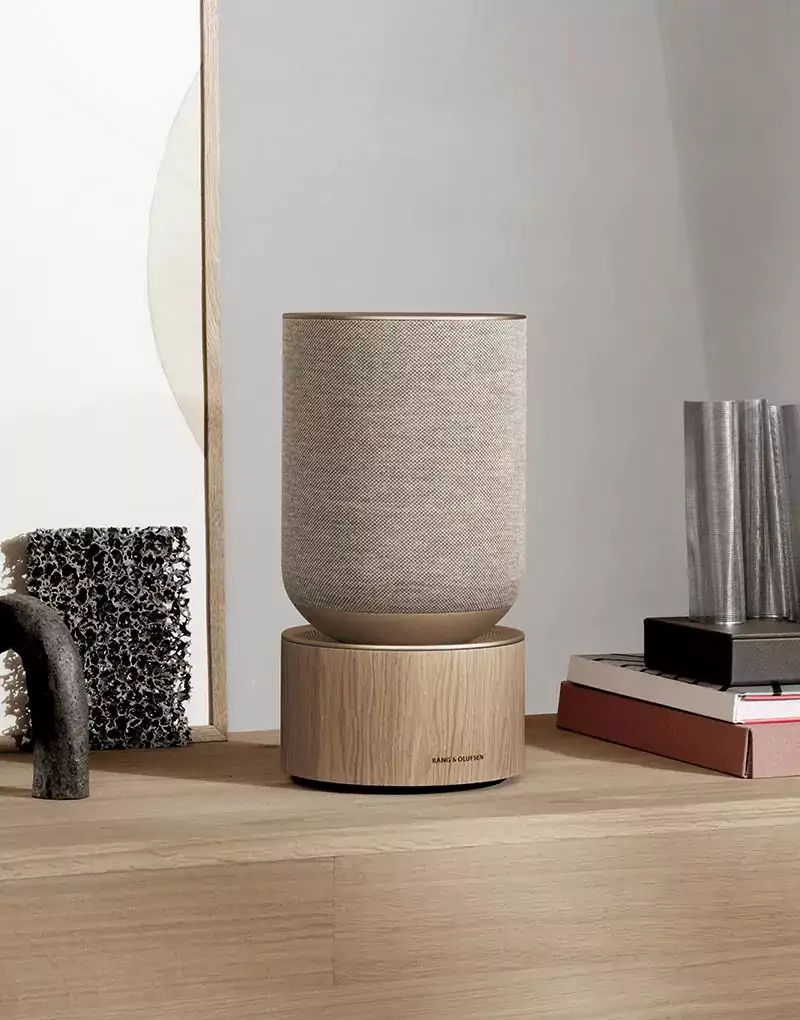
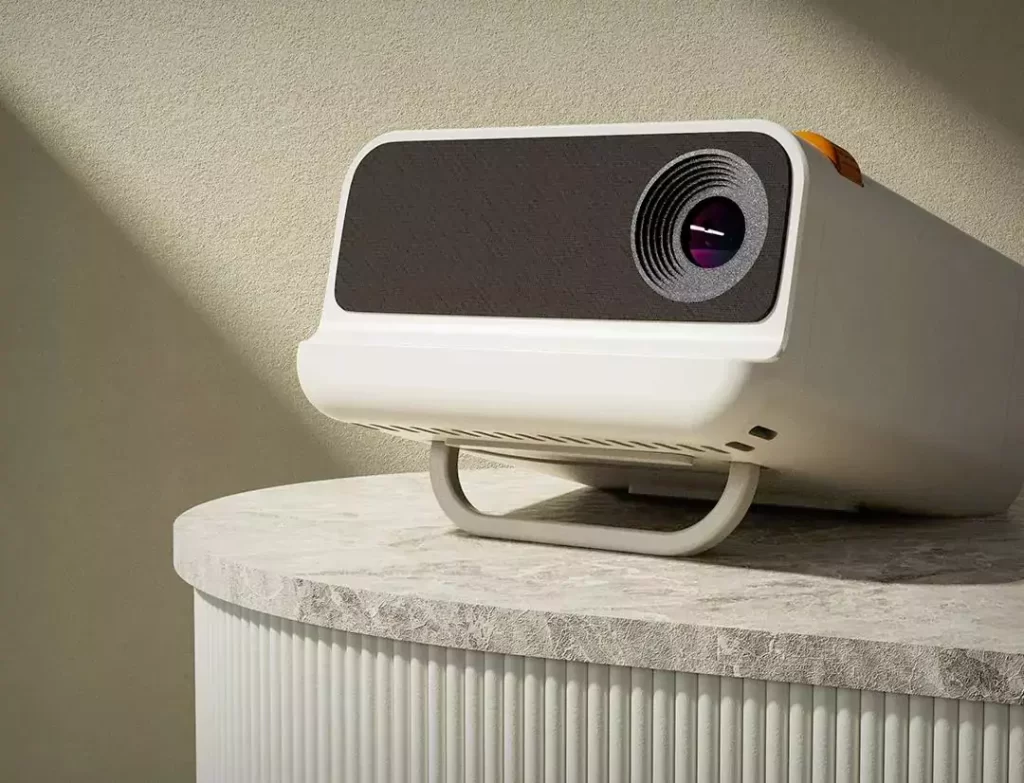
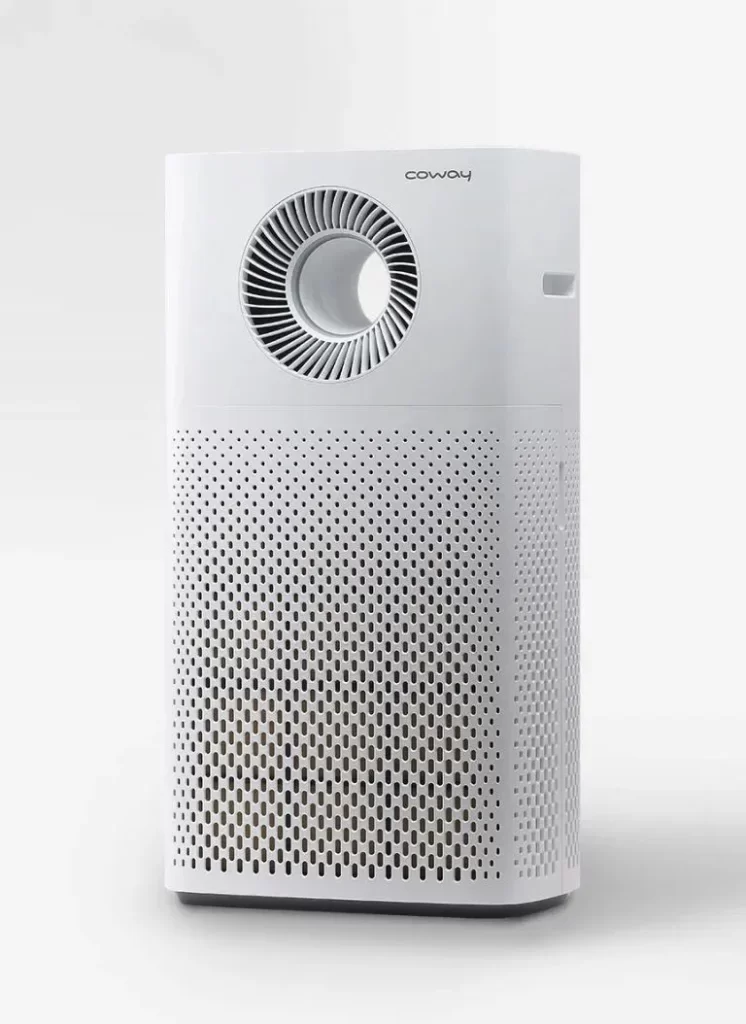
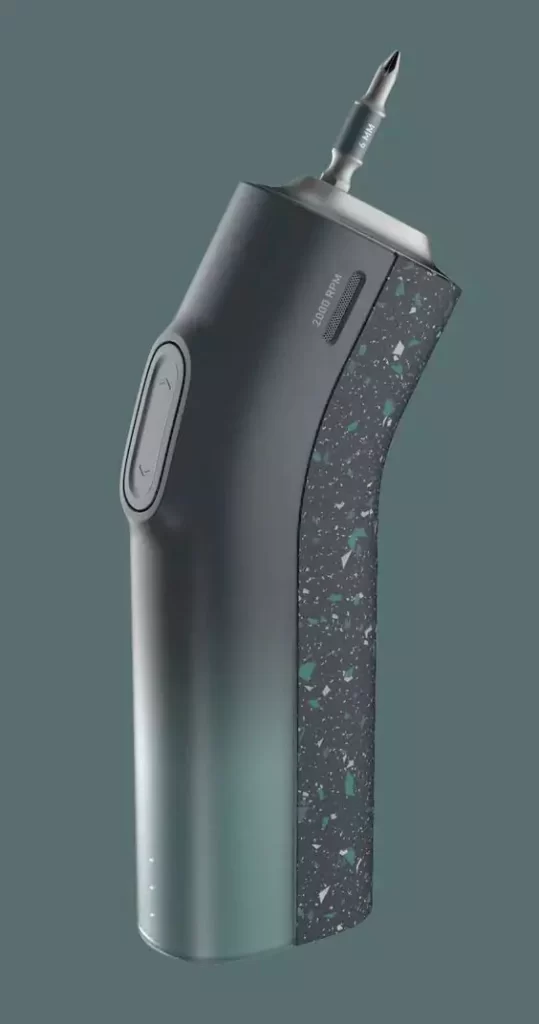
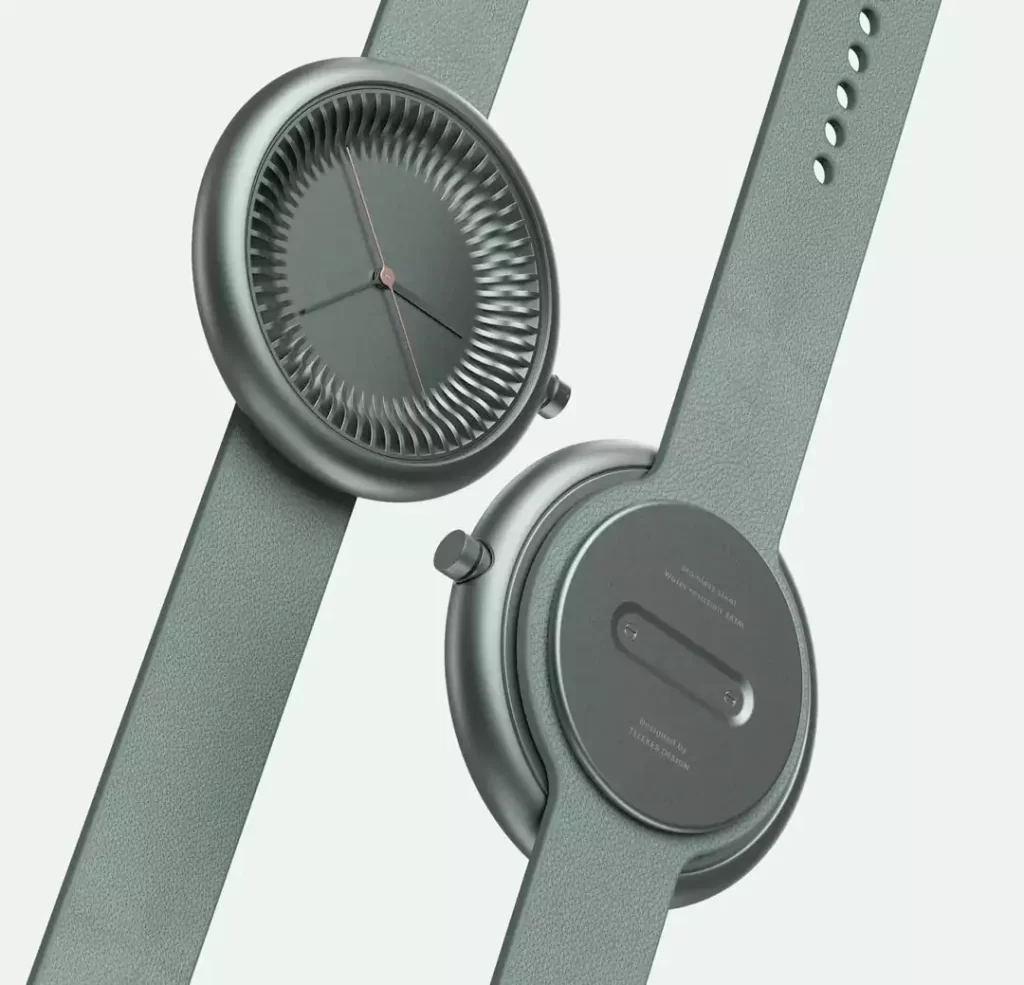

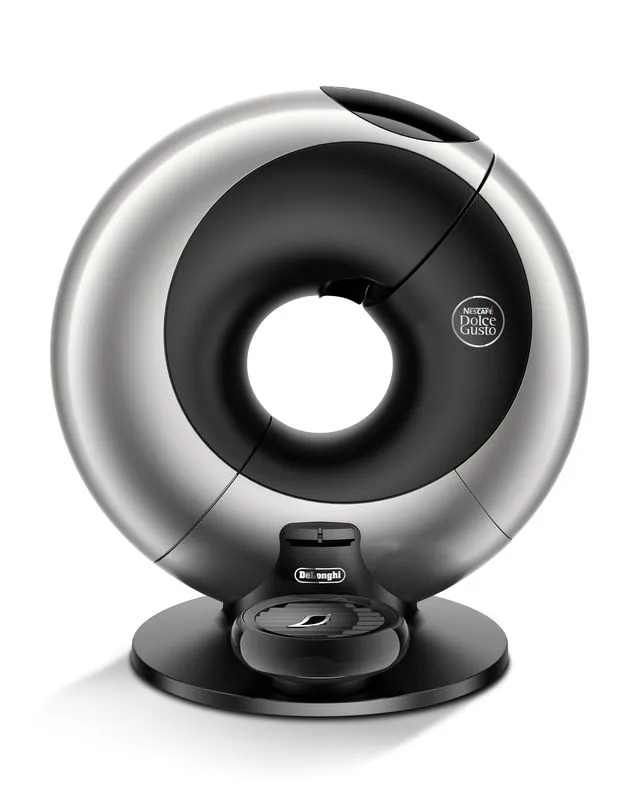
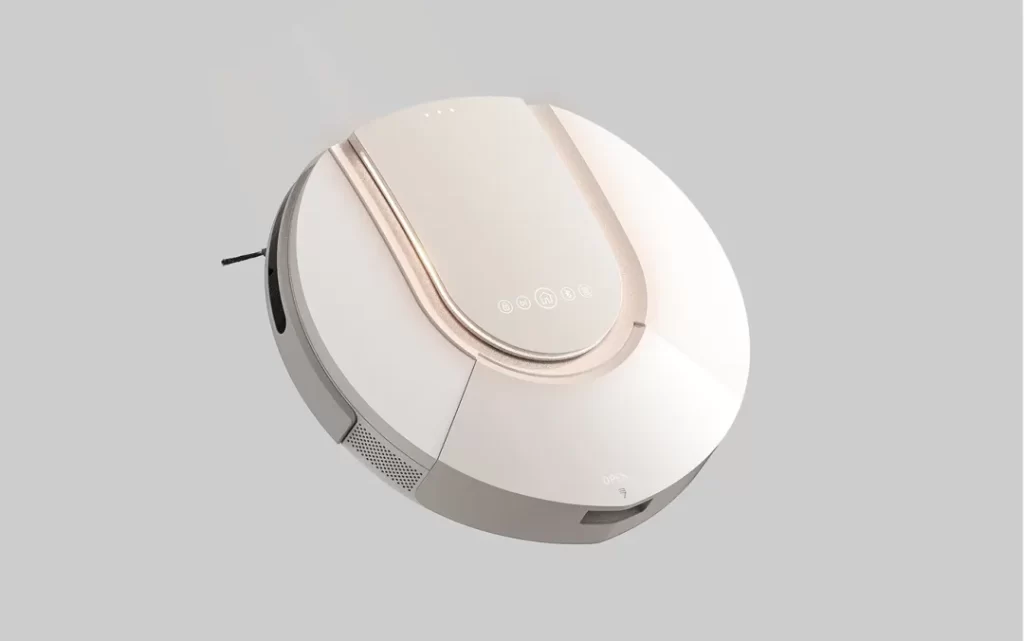
Shenzhen Industrial Design Innovation Password: From OEM Counterattack to Global Leadership
NINEIDEA: Shenzhen, a city born of reform, is taking industrial design as the engine, and writing a legend of transformation from a “copycat city” to a “design city” on the global manufacturing map. As the first city in China to be awarded the title of “Design Capital” by UNESCO, Shenzhen has spent more than 40 years forging industrial design from a “mass actor” at the end of the industrial chain to a “core protagonist” leading industrial upgrading. Its development path can be regarded as a microcosm of the high-quality development of China’s manufacturing industry. Next, the editor will explain the innovation code of Shenzhen’s industrial design.
From “Three Supports and One Supplement” to “Global Design Hub”: Four Transformations of Shenzhen Industrial Design
Sprout period (1979-2000): incubation of genes for gene production
In the early stage of reform and opening up, Shenzhen adopted the “three processing and one compensation” model to undertake global industrial transfer, and the rise of Huaqiangbei Electronics Market planted the seeds of industrial design. Feng Changhong, an early technician in the pager industry, recalled: “When pagers were replaced by mobile phones, it was a turning point in industrial design from 0 to 1.” Huaqiangbei’s “rapid micro innovation” model, although known as a “copycat,” cultivated Shenzhen’s keen sense of market demand and fast iteration ability.
Imitation and Improvement Period (2000-2007): Technological Accumulation and Design Awakening
With the explosion of the electronic information industry, Shenzhen enterprises have begun to imitate international brands for exterior design improvements. The mobile phone assembly industry chain in Huaqiangbei has generated a large demand for design, and the model of “changing the shell can create new products” has accumulated full chain experience from production to design for Shenzhen, although it is at the low end of the value chain.
Soaring Period (2008-2016): The Rise of the International Stage
In 2008, the financial crisis forced Shenzhen to transform. The government introduced the first national industrial design special support policy, established the Shenzhen Industrial Design Industry Association (SIDA), and promoted the construction of platforms such as the Shenzhen International Industrial Design Exhibition. Huawei TCL、 Mindray and other companies have achieved brand growth through industrial design, and Shenzhen Design has begun to win international awards such as iF and Red Dot, ranking first in the country in terms of quantity for many consecutive years. In 2012, the slogan “Shenzhen Design” was unveiled in Times Square, New York, marking the city’s official entry into the global design landscape.
Demonstration period (2017 present): Design driven industrial upgrading
Shenzhen’s industrial design has expanded from serving the local market to radiating throughout the country, empowering the high-quality development of the manufacturing industry through the “design+brand” model. In 2022, the total output value of industrial design in Shenzhen reached 45 billion yuan, driving the added value of upstream and downstream industries to exceed one trillion yuan, and was awarded the first batch of national industrial design characteristic service-oriented manufacturing demonstration cities by the Ministry of Industry and Information Technology.
At the same time, Shenzhen actively responds to national strategies and exports its design experience to areas such as the Beijing Tianjin Hebei region and the Guangdong Hong Kong Macao Greater Bay Area, building an industrial ecosystem of “design innovation and harmony in diversity”.
The hardcore strength of Shenzhen design: the industrial ecology behind data
Leading in scale: As of 2024, Shenzhen has approximately 22000 industrial design institutions, over 1400 professional companies, and more than 150000 employees, ranking first in the country in terms of the number of national industrial design centers.
Innovation momentum: In 2022, the annual revenue of industrial design professional services will increase by 12 times compared to 2012, and the cumulative number of iF and Red Dot awards won will lead the country. Products such as DJI drones, Huawei phones, and AMIRO makeup mirrors have become the global business cards of “Shenzhen Design”.
Policy Escort: From the first local industrial design policy in China in 2012 to the “Several Measures to Promote Innovative Development of Industrial Design (Draft for Comments)” in 2025, Shenzhen has established a full chain support system through 26 measures including funding support, talent cultivation, and intellectual property protection. For example, the highest reward for enterprises that have won international awards is 500000 yuan, and the highest subsidy for the construction of national industrial design and research institutes is 30 million yuan.
The way to break through: How Shenzhen can solve the pain points of the design industry
Faced with challenges such as intensified domestic competition, shortage of high-end talents, and dependence on international tools, Shenzhen has broken through with the dual wheel drive of “innovation+integration”:
Breakthrough in Basic Research: Establish a municipal level industrial design and research institute to promote the integration of design with technologies such as AI and digital twins. For example, the full process digital system developed by Dingdian Design Group reconstructs the industrial chain through design, reduces loss rates, and achieves quality traceability.
Building a Talent Ecology: Universities such as the School of Innovation and Creative Design at Southern University of Science and Technology are implementing the CDIO engineering education model to cultivate interdisciplinary design talents; At the same time, through the “Industrial Design Master Evaluation System” and the talent policy of the Greater Bay Area, we will attract top designers from around the world to settle down.
Internationalization Strategy: In 2024, the “Better and Better International Design Competition” (BDA) will establish a 4.25 million yuan prize pool to attract global entries and provide support such as professional title evaluation and tax incentives for winners, promoting the “Shenzhen Design” standard to the world.
The Future is Here: The Shenzhen Paradigm of Design 5.0 Era
Shenzhen industrial design is moving from “designing for products” to the 5.0 era of “designing for everyone”. The core features of this stage are:
Cross border integration: deep collaboration between design and research and development, manufacturing, and service. For example, Sano Group integrates 5G and VR technology into glasses design, launches semiconductor speaker smart glasses, and achieves cross-border innovation of “technology+fashion”.
Green Intelligent Manufacturing: In the construction of the 15th National Games venues, Shenzhen adopts technologies such as photovoltaic+energy storage systems and prefabricated buildings to create nearly zero carbon venues. The annual power generation of the photovoltaic system on the roof of Longhua Culture and Sports Center reaches 1.2 million kWh, and the Yinhu Conference Center achieves a 40% reduction in carbon emissions through an energy management system.
National participation: Cultivate innovative thinking among young people through projects such as the “Industrial Design Training Base for Primary and Secondary School Students”; The 2024 Shenzhen Design Week has established an AI special award for the first time, exploring the possibility of ‘everyone is a designer’.
Design enables cities to foresee the future
From the electronic component stack in Huaqiangbei to the globally renowned design capital, the transformation of Shenzhen’s industrial design confirms the truth that “design is productivity”. Nowadays, this city is using industrial design as a brush to outline the future prospects on new tracks such as artificial intelligence, low altitude economy, and smart cities.
As Feng Changhong, President of the Shenzhen Industrial Design Industry Association, once said, “Design is not only the outer layer of a product, but also the strategic engine for industrial upgrading.” In the era of the Guangdong Hong Kong Macao Greater Bay Area, Shenzhen Design will continue to write the legend of “Made in China” and let the world hear the strong voice of innovation from the East.















